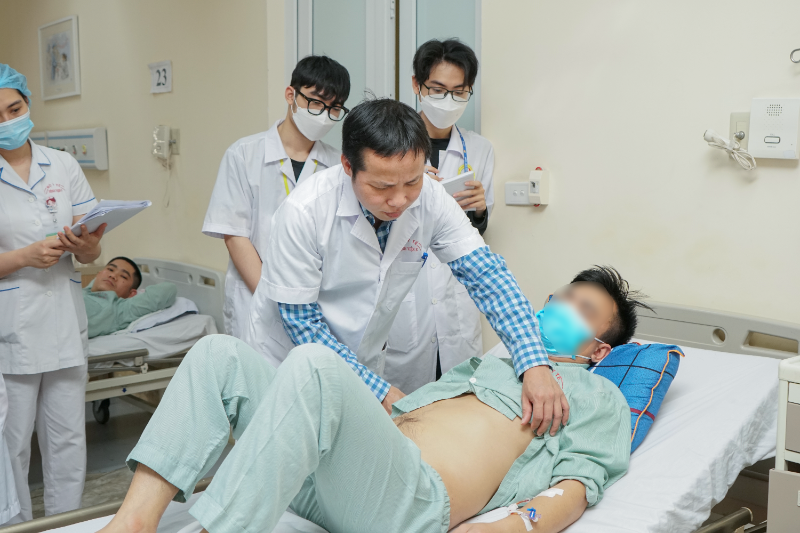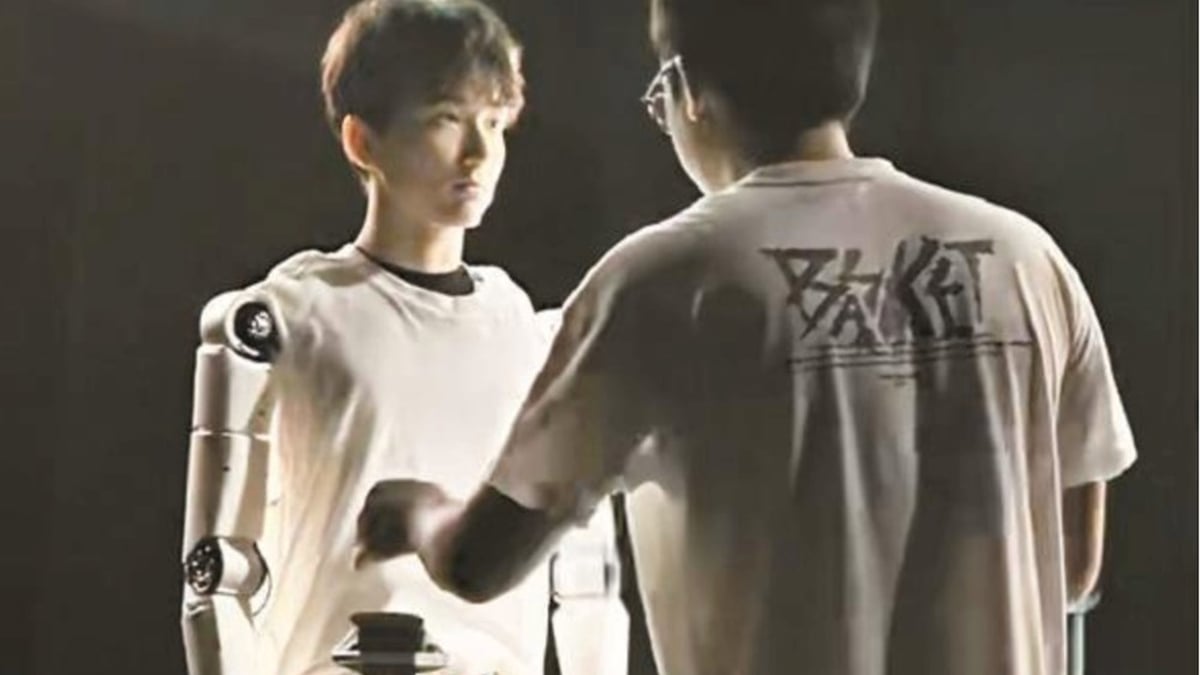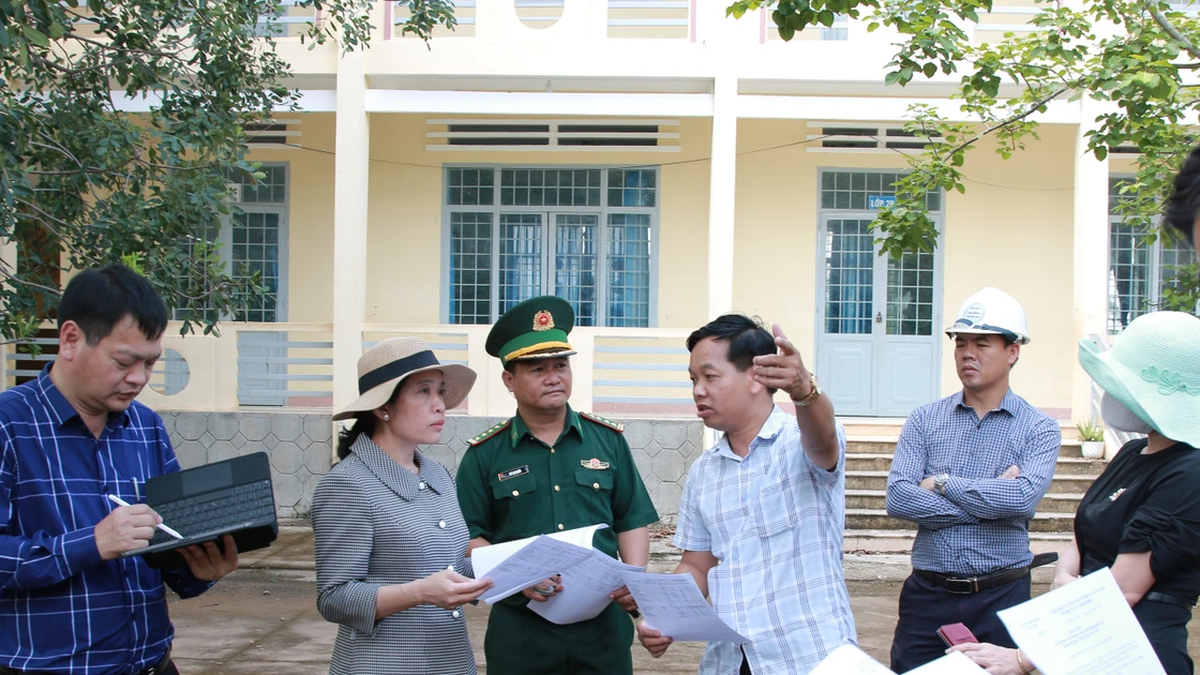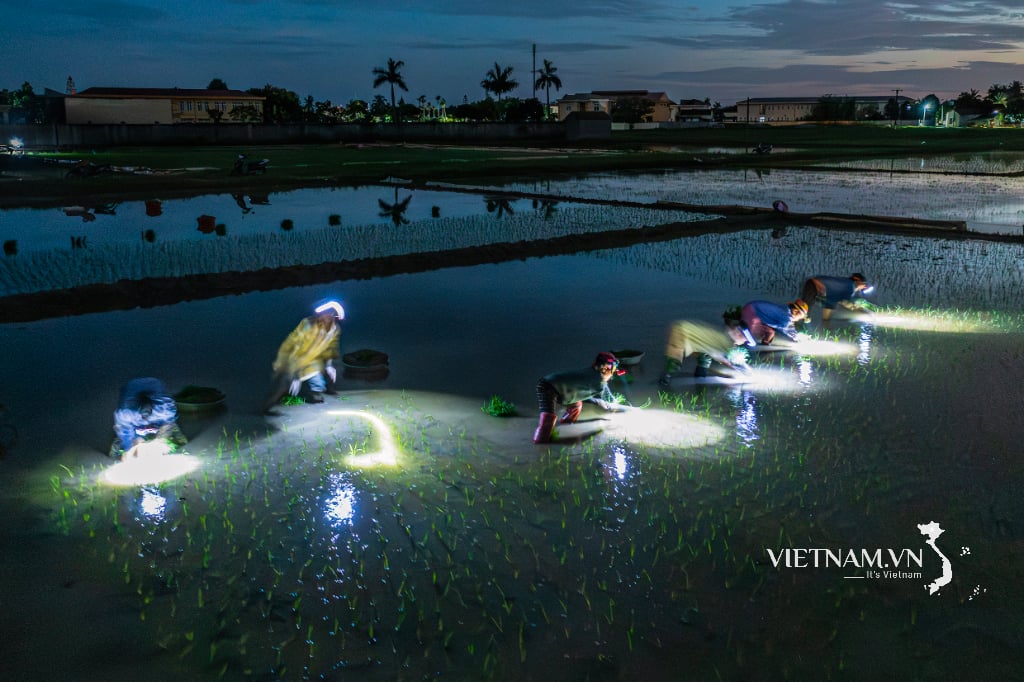Dr. Nguyen Dinh Lien - Head of Department of Nephrology and Urology Surgery - E Hospital, the patient was admitted to the hospital with severe pain in the lumbar region, abdominal distension, painful urination, blood in the urine...
Immediately, the patient was ordered by the doctors to do tests, abdominal ultrasound, CT scan and determined that the patient had a stone in the lower third of the right ureter (located at the junction of the ureter when it enters the bladder), the stone was approximately 9x7mm in size.
More surprisingly, the CT scan results showed that the patient had completely double kidneys and ureters on both the left and right sides, and two separate ureters that both went down to the bladder. The patient had an abnormality in the anatomy of the urinary system, with more kidney units than normal, which is one of the causes of kidney stones.

Exploiting the medical history, due to the nature of the patient's job, he often had to drink alcohol, but every time he drank alcohol, he had cramps and even blood in his urine, so he bought medicine to treat himself at home. Recently, the pain symptoms due to kidney stones increased and became more severe, so the patient went to E Hospital for examination and treatment.
Through the mass media, patients know that the Department of Nephrology, Urology and Andrology - E Hospital is a prestigious address for examination and treatment of kidney stones and is one of the key specialties of E Hospital with a team of highly qualified and experienced doctors, equipped with many modern medical machines and equipment...
Regarding the fact that he has 4 kidneys in his body, the patient said that he only discovered this 7 years ago. When his daughter was born, doctors discovered an abnormality in her body, which was having 3 kidneys and 2 bladders (one large bladder and one small bladder).
Doctors removed a small bladder for the daughter when she was 18 months old, reconstructing her urinary system. At the same time, doctors advised everyone in the family to screen the urinary system and discovered that he was abnormal with 4 kidneys in his body. This is a rare congenital malformation and is caused by the abnormal development of the left ureter during the formation and development of the fetus. Normally, the ureter develops into one kidney and a normal person only has two kidneys. However, in a few people, one ureter instead of developing into two kidneys develops into 4 kidneys, as in this patient's case, which is extremely rare and has not been recorded in many medical literatures in the world . Fortunately for the patient, the 4 kidneys and 2 separate ureters are all placed in the correct bladder position, eliminating many other dangerous complications in the body.
Dr. Nguyen Dinh Lien shared that the difficulty of this case is that the patient has more kidneys than normal people, has kidney stones and has been self-treated for a long time but has not been effective, so inflammation and edema have formed at the ureteral opening. The patient has 4 ureteral openings, 2 right ureteral openings and 2 left ureteral openings, in which the right ureteral opening of the lower kidney unit is near the bladder neck, the left ureteral opening of the left kidney unit is heavily inflamed and edematous, making it difficult for doctors to find the ureteral opening to directly access the stone.
Therefore, doctors chose the intervention method of retrograde endoscopic lithotripsy of ureteral and kidney stones with laser. This technique uses an endoscope from the urethra, through the bladder and up the ureter to directly access the stone. Then use compressed air or laser energy to break the stone and wash and grasp to remove all the stone fragments. This method has outstanding advantages such as: less invasive, protecting kidney function. During the treatment process, patients feel less pain, recover quickly, and leave no scars after surgery. Doctors have placed 3 ureteral tubes on both sides to help reduce the risk of ureteral obstruction, reduce complications of urinary leakage and ureteral stenosis after surgery.
After surgery, doctors take samples of the patient's stones for surgery, in order to come up with a treatment plan to reduce the risk of stone formation. Dr. Nguyen Dinh Lien recommends that after surgery, patients need an easily digestible diet to avoid constipation, should eat lots of fresh fruits and vegetables, drink lots of water, absolutely do not use alcohol, alcoholic beverages; follow the doctor's instructions for taking medication; should not lie down too much, walk gently, do not lift, pull, or exercise vigorously during recovery; return for check-ups according to the doctor's instructions and to control the possibility of stone recurrence in the future.
Dr. Lien further explained the level of danger for patients with more kidneys than normal people, with the risk of forming stones. Especially for some people with congenital anatomical abnormalities, they have differences in internal body parts that cannot be detected from the outside, only when examining health, doing paraclinical tests can they be discovered. The case of the male patient above is one of the very rare cases, often accompanied by dangerous health complications, including the cause of kidney stones. Day by day, the stones get bigger and cause urinary tract obstruction, causing kidney function to decline, especially when combined with inflammation, it can easily cause kidney failure. Complications of kidney stones are often: inflammation, urinary tract infection, urinary tract obstruction, acute kidney failure, chronic kidney failure and more dangerous is kidney rupture. In the case of abnormalities of the accessory renal ureter, the upper renal unit is inserted into the position outside the bladder neck triangle. There are cases where the kidneys will be damaged in the fetus or if detected late. In women, the ureter is inserted into the vagina, causing continuous urine leakage, affecting daily life, study, and work. In men, it can be inserted into the prostate gland, causing infection and damaging the kidney unit.
Therefore, timely recognition of abnormalities in the body greatly contributes to the diagnosis and treatment of patients. Therefore, when abnormal symptoms appear such as pain appearing in the lower back spreading forward to the lower abdomen, groin area and inner thigh, the pain often appears suddenly after playing sports or heavy labor; fever and chills; nausea or vomiting; urinary disorders such as: urinating more frequently than usual, urine is red, pink or brown, cloudy urine with a foul odor... patients need to go immediately to reputable medical facilities such as E Hospital for timely diagnosis and treatment.
Source



































































































Comment (0)